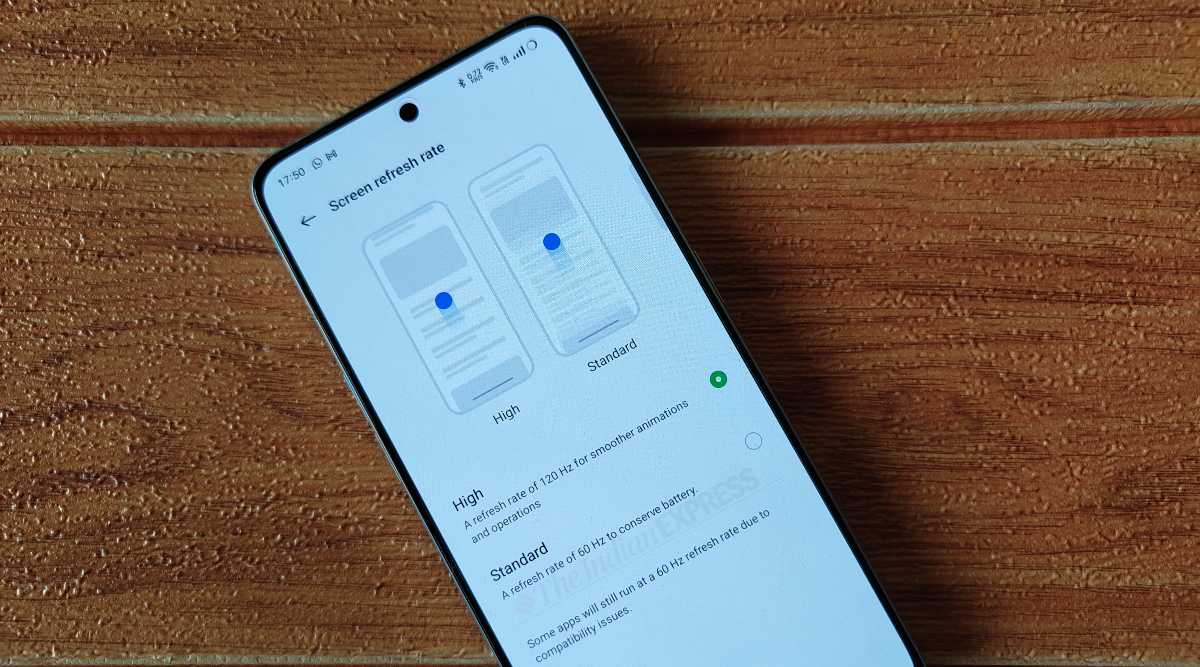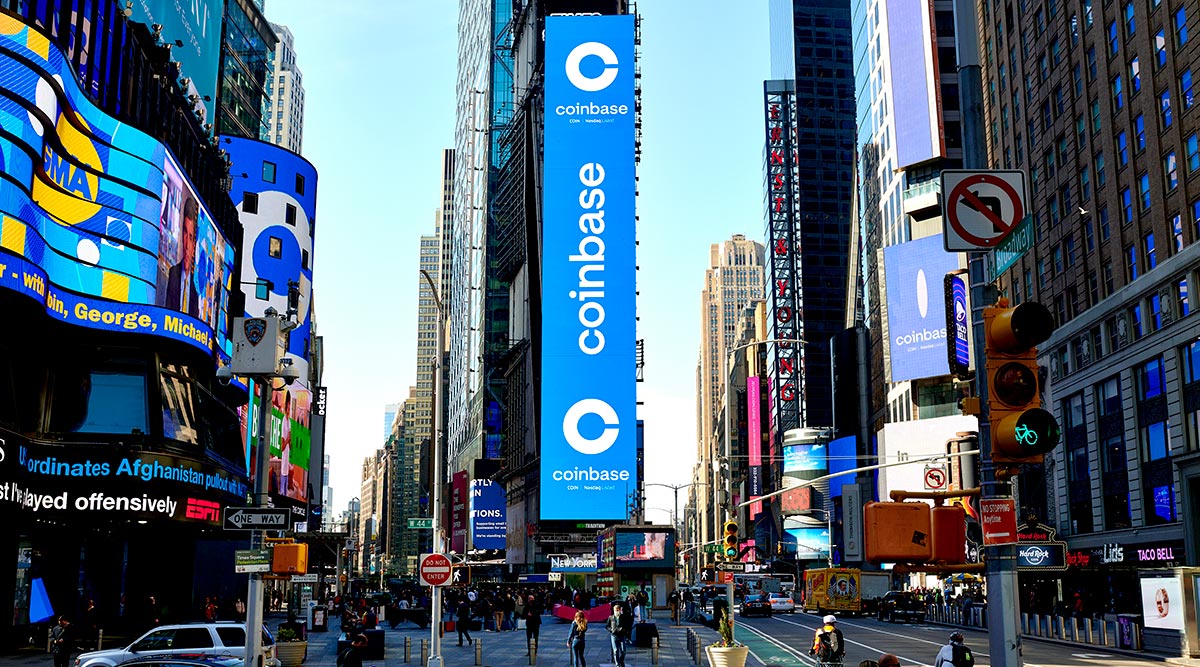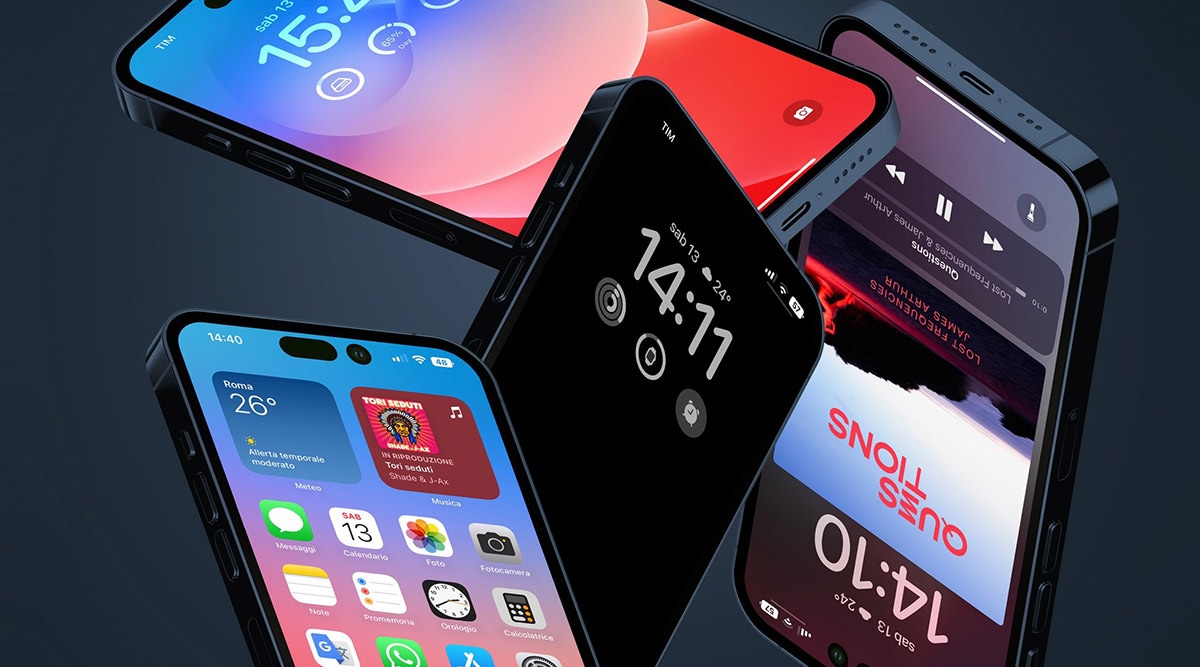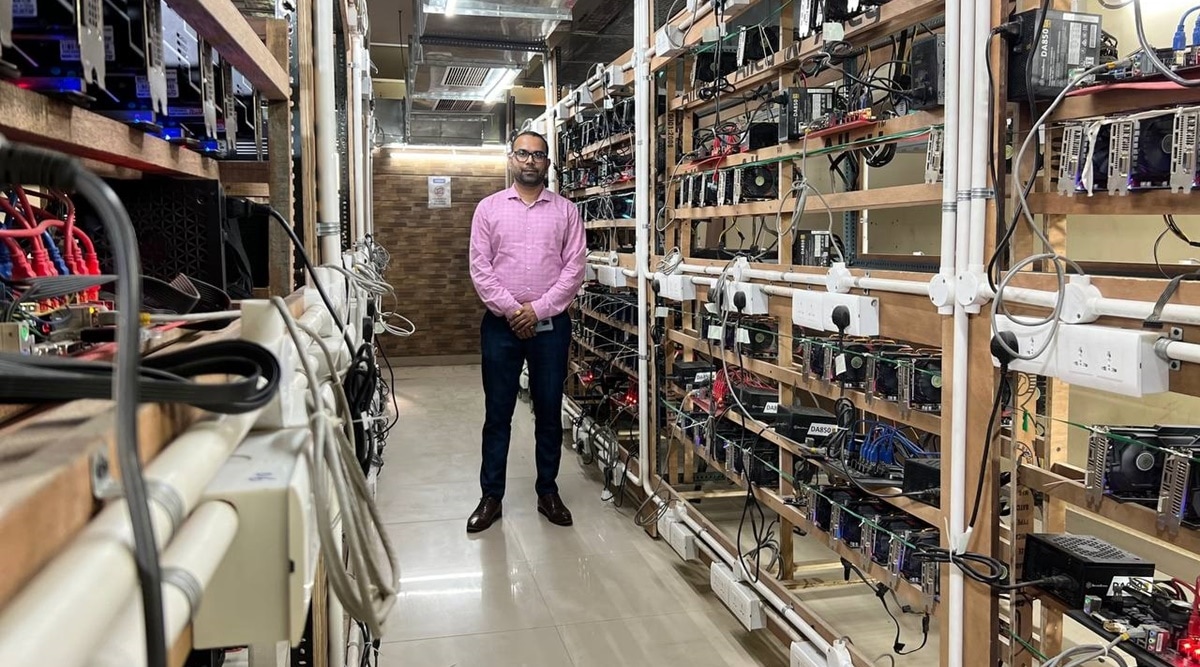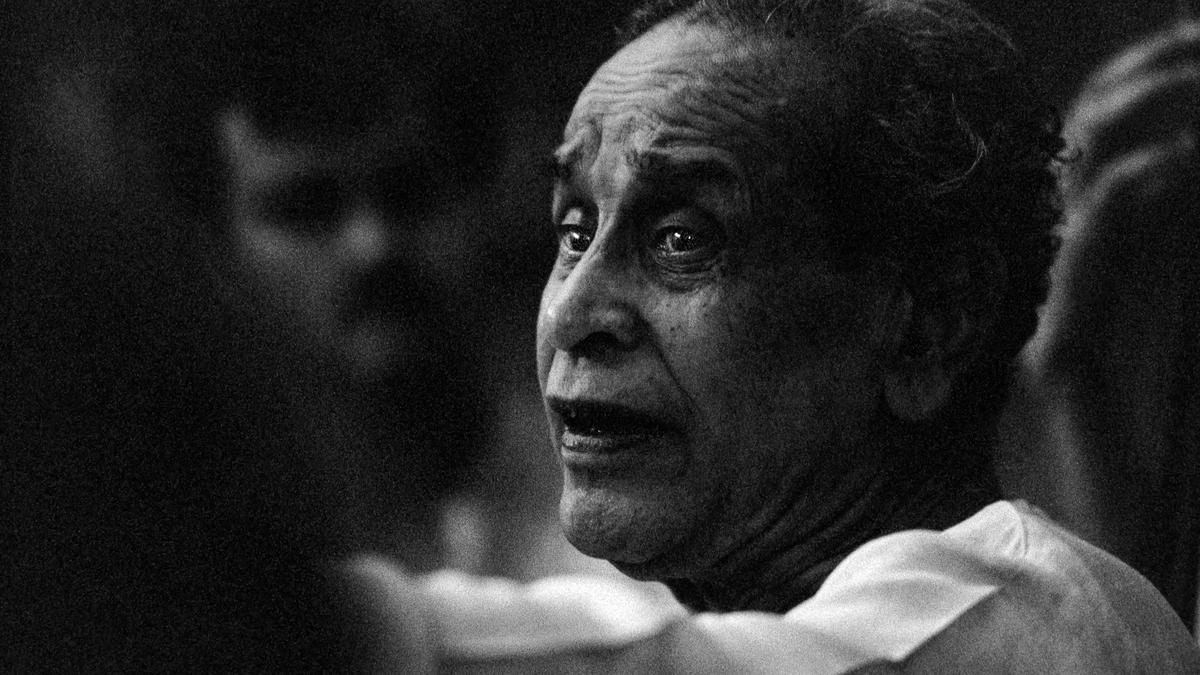After phones like the OnePlus 7 Pro kicked off the trend of higher refresh rates in phones, 90Hz, 120Hz and even 144hz displays have flooded the smartphone market in most segments. However, with a great refresh rate comes great battery drain, and phones like the OnePlus 7 Pro didn’t have anything to counter this problem.
Skip forward to 2022 and screens are now smarter. They are able to understand the content on-screen and dynamically change their refresh rate on the go, without the user having to dive into the settings to flick a switch between 60Hz and 90/120Hz. To achieve this, brands have come up with two major approaches to adaptive refresh rate – using special LTPO (Low-Temperature Polycrystalline Oxide) display panels, and software-regulated mode switching.
In today’s edition of Tech InDepth, we’ll look at how LTPO panels and non-LTPO panels work, and how the tech helps your high refresh rate phones save battery. We will also understand the difference in the working of these two technologies and which one is better for you.
Understanding 60Hz, 90Hz and 120Hz
A phone’s display panel drains your battery in two major ways. The first is by emitting light, which you need to ‘see’ things on the panel. The second is by refreshing itself. Every time a display panel refreshes itself to show the next frame in a movie or game, it is consuming battery power to obtain and display the new frame’s data.
In the context of smartphones and display panels, 1Hz refers to a display panel that refreshes itself once per second, a 60Hz panel refreshes itself 60 times in a second and so on. The higher the refresh rate, the more battery power the screen drains in the same amount of time.
Interesting fact – smartphones don’t always have high refresh-rate content to show. If you’re playing a game that maxes out at 60 frames per second on a 120Hz screen, you still see 60 frames every second even though the screen refreshes twice as many times each second. This is like watching a regular movie with 3D glasses, where the image won’t give you a 3D effect because it isn’t equipped to, and your glasses don’t help on their own.
Hence, to save battery, adaptive display panels ‘switch’ between refresh rates, so that your phone exerts itself in showing 90 frames on a game, but not when you’re scrolling on Twitter or looking at a picture you clicked earlier.
Mode switching display panels (non-LTPO)
Phones like the recently launched Nothing phone (1) come with 120Hz refresh rate support and a display panel that can switch between 60Hz and 120Hz. This is done by mode-switching, where the phone’s display has basically multiple levels, or ‘zones’ and the software onboard controls how frequently the screen refreshes.
Phones like the Nothing phone (1) have two ‘zones’ to facilitate this (60Hz and 120Hz), while phones like the Redmi K50i have seven zones (30Hz, 48Hz, 50Hz, 60Hz, 90Hz, 120Hz and 144Hz), allowing it more flexibility to switch between these zones as per the content.
These zones work like gears on an automatic AMT car. There’s no need for a clutch, but the gears shift internally based on the RPM of your engine. In a similar fashion, phones with mode-switching dynamic refresh rate use software to understand what content is being displayed and accordingly, choose one of the preset zones. More zones equal more flexibility in switching and hence, more power saving, while lesser zones equal lesser flexibility and lesser power saving.
The more zones a phone has, the more dynamic it is with switching. However, the phone cannot choose a refresh rate number between two zones. The Nothing phone (1) for instance, can refresh at 60Hz and 120Hz, but not 90Hz. This is where LTPO panels come in.
LTPO panels
On LTPO display panels, the panel itself can switch intelligently between no preset zones, but every refresh rate between its minimum and maximum refresh rate. On newer LTPO 2.0 panels, the minimum and maximum refresh rate is usually 1Hz and 120Hz respectively. This means that phones using these panels can refresh at 1Hz, 120Hz and also every number in between, like 17Hz or 78Hz.
LTPO panels offer significant amounts of battery saving on phones in comparison to non-LTPO panels. Things don’t make a major difference on higher refresh rates like when you’re gaming, but in more casual use-cases, LTPO panels are much more dynamic. For instance, when you’re watching a still image the non-LTPO panel will still refresh 60 times in a second at least, while the LTPO panel will function at 1 Hz, refreshing just once in a second.
But LTPO panels are also expensive to manufacture and put on a smartphone, which is why you only see these in flagship-grade phones like the OnePlus 10 Pro and the iPhone 13 Pro Max.
!function(f,b,e,v,n,t,s)
{if(f.fbq)return;n=f.fbq=function(){n.callMethod?
n.callMethod.apply(n,arguments):n.queue.push(arguments)};
if(!f._fbq)f._fbq=n;n.push=n;n.loaded=!0;n.version=’2.0′;
n.queue=[];t=b.createElement(e);t.async=!0;
t.src=v;s=b.getElementsByTagName(e)[0];
s.parentNode.insertBefore(t,s)}(window, document,’script’,
‘https://connect.facebook.net/en_US/fbevents.js’);
fbq(‘init’, ‘444470064056909’);
fbq(‘track’, ‘PageView’);


